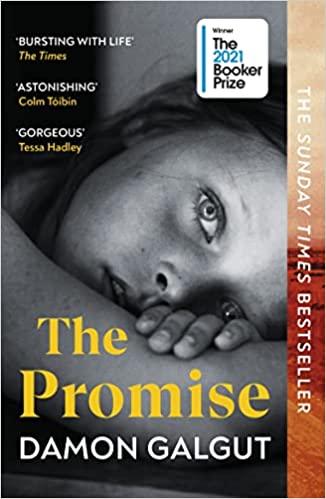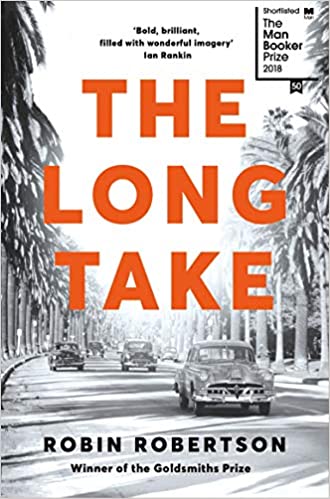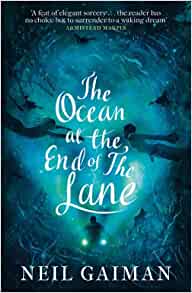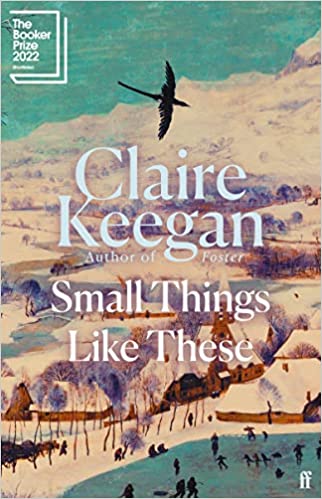In the year 2022 I read 55 books, which is actually the most I’ve managed in any year of my long long life. At this rate I’ll make it through my TBR in just another 15 years – easy. Out of the 55 there were some real standouts that I will now arbitrarily rank for your delectation!
#5: Stormbird (Conn Iggulden, 2013)
Stormbird is the first book in a tetralogy by hist-fic master Conn Iggulden, telling the story of the initial build-up to the Wars of the Roses. I always enjoy this narrative stage in a series, when foundations are being laid for the eruption of chaos that you know lies ahead. Stormbird introduces key players like the hapless Henry VI and his contrastingly capable new queen Margaret of Anjou, and Richard Duke of York, ruthless patrician and father of the future Edward IV. Other central characters are William de la Pole, Duke of Sussex, an honourable former soldier and trusted royal advisor who’s caught up in a vortex of statecraft and skullduggery, and fictional lowborn spymaster Derry Brewer, who relies on Essex-boy charm and brawn to get the job done. Much of the drama of the novel centres on the frantic efforts of this latter pair to hold together a fragile treaty with France and stave off invasion while rebels rampage through the countryside on both sides of the Channel, so the stakes are high even at this early stage. In each of his series Iggulden excels at painting epic canvases peopled with many vivid characters at the mercy of the inexorable march of history, and this is shaping up to be one of his best – I’m excited to get to the next three installments.
Edition:
Penguin | 2014 | 472p | Paperback | Buy here
#4: The Promise (Damon Galgut, 2021)
Worthy winner of the 2021 Booker Prize, The Promise is the first book I’ve read by South African Damon Galgut, but it won’t be the last. Short and very readable (despite the slight initial discombobulation brought about by the absence of speech marks), the novel is a generational tale about an Afrikaner family set over several decades. At the beginning of the story the Swart family consists of father Manie, his wife Rachel and their three children Leon, Astrid and Amor, as well as their long-serving black servant Salome. At a family gathering at their farm outside Pretoria, Amor overhears Manie making a promise to Rachel that he will grant actual ownership of Salome’s house to Salome in recognition of her service. The novel then goes on to track the family over the years as they go through major trials and tribulations and Amor continues to quietly insist on the fulfilment of her father’s promise. As well as being a great story about the vicissitudes and tragedies of family life, The Promise is also a fascinating portrait of social change in South Africa from the late Apartheid era of the 80’s through to the fall of Jacob Zuma’s corrupt regime in 2018. I also very much enjoyed the strong flavour of Graham Greene in the characterisation, in terms of once-bright and idealistic people becoming mired in mid-life lethargy, misery and alcoholism over unrealised potential. A memorable, powerful read.
Edition:
Vintage | 2022 | 293p | Paperback | Buy here
#3: The Long Take (Robin Robertson, 2018)
This is unlike anything I’ve read before. The Long Take is a stunningly written novel in verse which tells the story of a traumatised Canadian veteran of World War II who drifts through life in New York, Los Angeles and San Francisco during the 1940’s and 50’s. It’s light on plot, but the imagery is searingly beautiful, and the evocation of post-war America is so tangible and redolent. Through multiple vignettes a picture is painted of the nation’s moral and psychological decline over those years, depicting the rise in homelessness and the growing nihilism of the damaged younger generation contrasted with large-scale ruthless urban expansion and corporate rapaciousness. The ‘modern-day’ passages are interwoven with the protagonist’s memories of his idyllic pre-war life in Nova Scotia as well as of the unutterable horrors that he witnessed during the war itself. A detail that I especially loved was that the main character, Walker, has a great interest in the burgeoning genre of film noir, which thrived in this seedy post-war period, and so America’s slide into darkness is mirrored in the films that Walker goes to see and witnesses being made in the streets of LA. I strongly recommend The Long Take to anyone with a love of descriptive language, of Americana, or of film noir.
Edition:
Picador | 2019 | 256p | Paperback | Buy here
#2: The Ocean at the End of the Lane (Neil Gaiman, 2013)
It’s very unlikely that I’d read a book by Neil Gaiman and it not be in my top reads of that year, or indeed my top reads ever, and that definitely holds true here. I moved The Ocean at the End of the Lane up my TBR because I was bought tickets to see the West End play and I wanted to read the book before I went, and I ended up loving every single word of it. I had the misconception beforehand that this was one of Neil’s children’s books but, as he says himself in the afterword, this is very much an adult book about children, and is therefore genuinely dark and frightening, as well as uplifting, moving and profound (not that a children’s book can’t be all of those things as well of course). The novel is framed as a grown man’s memories of his childhood living near a farm owned by the Hempstock family – Mrs Hempstock, Old Mrs Hempstock and young Lettie Hempstock – who are in fact magical ancient beings (!) and who help the narrator when his life is invaded by a terrifying demonic presence, a ‘parasite’ from a liminal dimension brought into our world by a tragic suicide. Gaiman’s writing is peerless in my view – the way that he evokes magic and folklore is always spinechilling to me, and he also has a deep understanding of childhood, humanity, and loss. This novel is a perfect condensation of what he does best. And if you have a chance to see the stage play then please take it, as I don’t think I’ve ever seen a better literary adaptation.
Edition:
Headline | 2014 | 288p | Paperback | Buy here
#1: Small Things Like These (Claire Keegan, 2021)
This book is only 100 or so pages long and yet it packs such an emotional wallop into those pages as to leave you simply awestruck at Claire Keegan’s talent. Producing deeply affecting short fiction is an enviable skill, and to create complex characters and situations through such economical writing and to have the conclusion then stick with the reader so indelibly is astonishing, and that’s why it was my number one read of 2022. Small Things Like These is set in the 1980’s in a little Irish town, where Bill Furlong works as a successful merchant. Furlong is a wonderful character with a fully-realised back story and complicated emotions regarding his obligations to the community and to the nuns who hold sway over it. He is one of the few well-off people in the town and he is able to provide for his family for the moment, but he is always conscious of the knife-edge that he’s living on and how easy it would be for he and his loved ones to slip into penury, and how much staying afloat relies on the good opinion of others. He then makes a terrible discovery at the convent that throws his mind into turmoil and he must make a decision about what kind of man he really is. Something that really struck me is just how much the small actions and thoughts of one man can be made to feel so earth-shattering and important, and likewise how Keegan is able to make a simple conversation between Furlong and the reverend mother of the convent so freighted with ominousness and dread. She is able to make all of these ‘small things’ into something truly epic. I would urge anyone to read this sublime book – you can do it in an afternoon!
Editions:
Faber & Faber | 2021 | 128p | Hardback | Buy here




